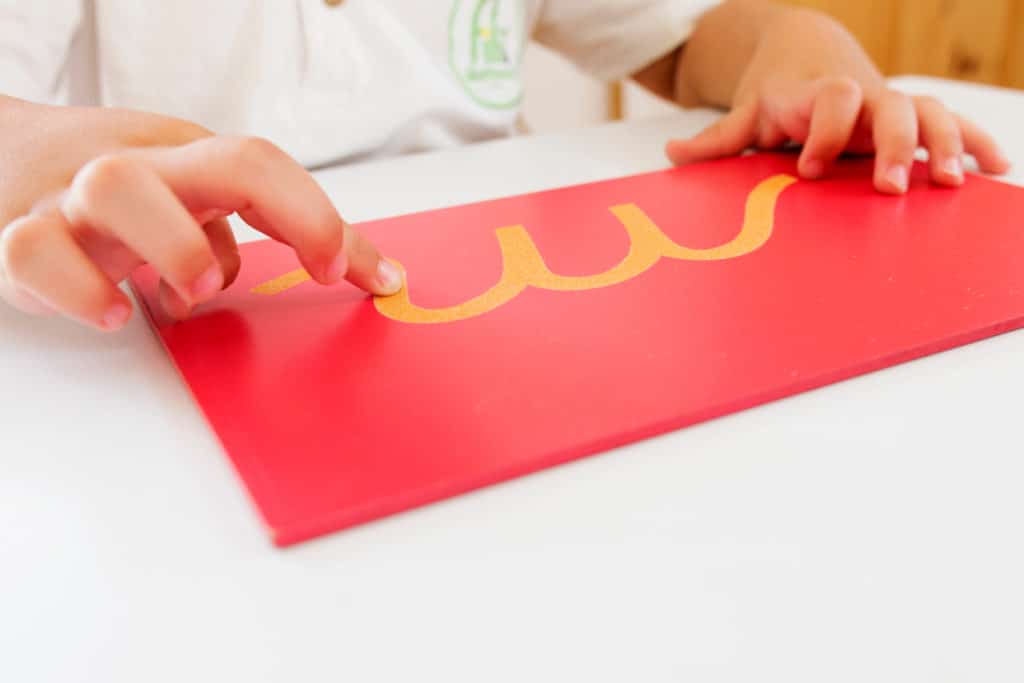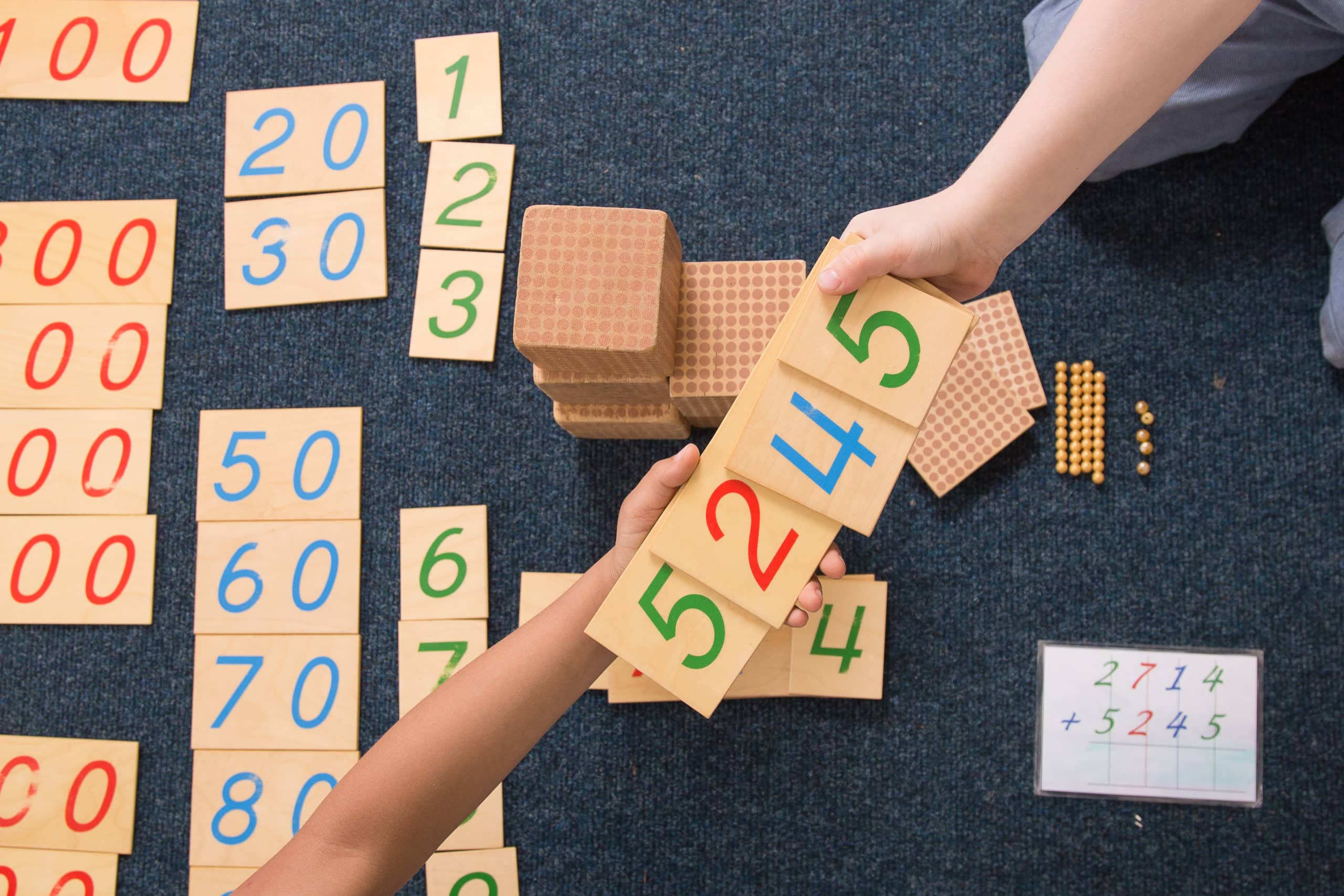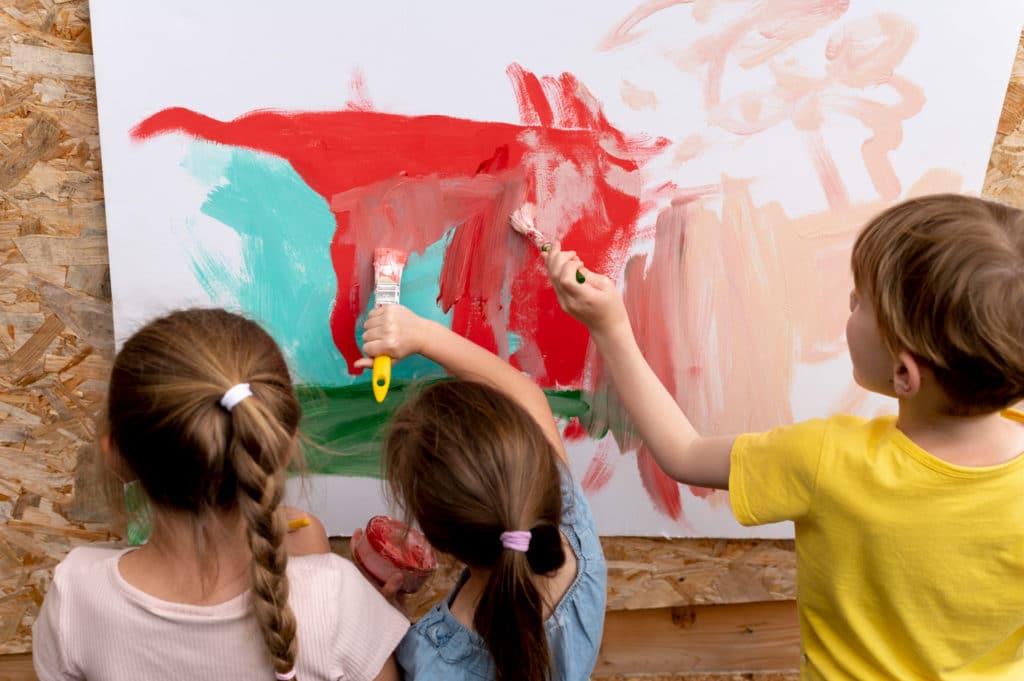What is Montessori Pedagogy?
Montessori pedagogy is an educational approach developed by Maria Montessori at the beginning of the 20th century. Maria Montessori, born in 1870 and died in 1952, was an Italian physician and educator, a pioneer of an educational approach based on respect for the natural development of the child. As the first female physician in Italy, she initially focused on children with difficulties before developing an innovative learning method for all children.
In 1907, she founded the first “Children’s House,” where she implemented educational materials that promoted autonomy and sensory manipulation. Her pedagogy is based on the idea that the child learns better through experience and at their own pace, in a prepared and supportive environment.
Throughout her life, she traveled the world to spread her method, which is today applied in many Montessori schools around the globe.
The Montessori pedagogy is based on the idea that every child is naturally curious and has an innate desire to learn. This pedagogy is based on several fundamental principles.
In preschool (2-6 years) and elementary classes (6-11 years), Montessori pedagogy adapts to the different stages of the child’s development.
Montessori Pedagogy in Preschool
(2-6 years)
The Prepared Environment:
The “2-6 years Ambiance”
Montessori space in preschool is a multi-age classroom, grouping children from 2 to 6 years old. Everything is organized to allow the child to evolve freely and learn by themselves.
Main Learning Areas in 2-6 years
1. Practical Life:
Developing Autonomy and Concentration
Practical life activities are inspired by daily life and help the child refine their motor skills, develop autonomy, and concentrate.
2. Sensory: Refining Perceptions
Sensory materials help the child refine their senses and organize their thoughts.
3. Language: Preparation for Reading and Writing
The Montessori approach introduces reading and writing in a sensory and progressive way.

4. Mathematics:
Concrete Introduction to Numbers
Le matériel permet de comprendre les mathématiques en manipulant des objets concrets.
5. Culture and Discovery of the World
The child explores the world through various activities.
The Role of the Educator
in Preschool

Montessori Pedagogy in Elementary School
(6-11 years)
A Different Approach for the 6-11 years Cycle
In elementary school, children develop new skills, and their learning mode evolves:
The Montessori environment in elementary school is therefore more focused on research, experimentation, and collaborative work.
Main Learning Areas in 6-11 years
1. The “Great Lessons”:
A Trigger for Learning
Learning is introduced through five Great Lessons, which arouse curiosity and stimulate the imagination.
1. The Story of the Universe and the Earth
2. The Story of Life on Earth
3. The Story of Humans
4. The Story of Writing
5. The Story of Numbers
These stories give meaning to learning and allow children to explore different domains in interconnection.

2. Mathematics
• Manipulation of materials (abacus, golden beads, fractions) before moving on to abstract concepts.
• Problem-solving and teamwork.
3. Language and Oral Expression
• Study of grammar with Montessori symbols.
• Writing texts, poems, stories.
• Presentations and debates to develop argumentation.
4. Sciences and Geography
• Experiments in physics and chemistry (electricity, erosion, magnetism).
• Observation of the living world (biology, botany, zoology).
• Study of climates, continents, oceans.
5. History and Civilization
• Study of great civilizations and human inventions.
• Use of timelines.

6. Arts and Creativity
• Music, painting, theater, modeling.
• Free expression and work on artistic projects.
The Role of the Educator
in Elementary School

The Montessori pedagogy in preschool and elementary classes is a global and individualized approach, respecting the natural development of the child. It promotes autonomy, experimentation, self-confidence, intrinsic motivation, and cooperation, allowing children to learn with pleasure and in-depth.

